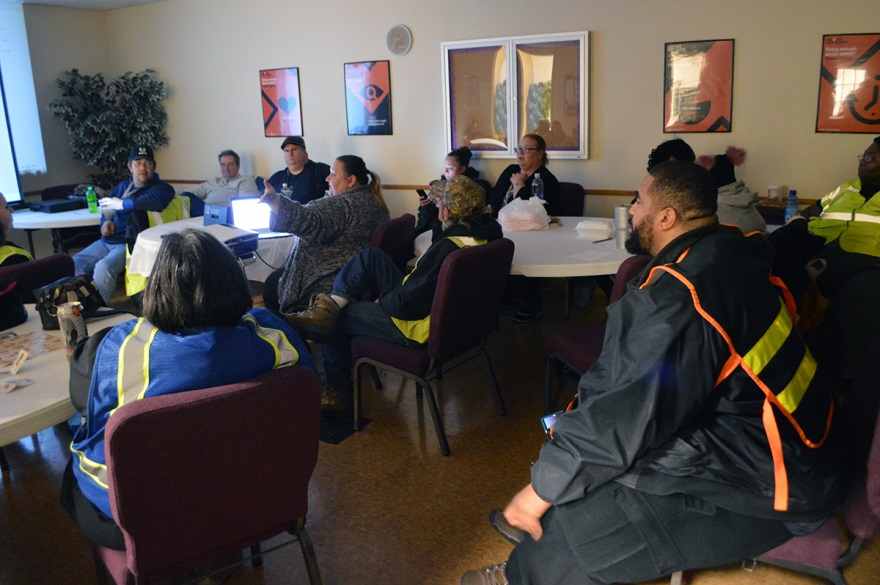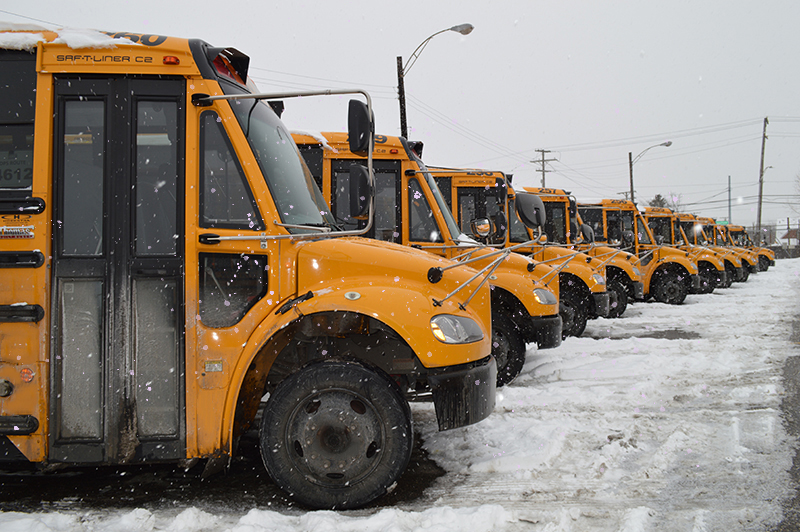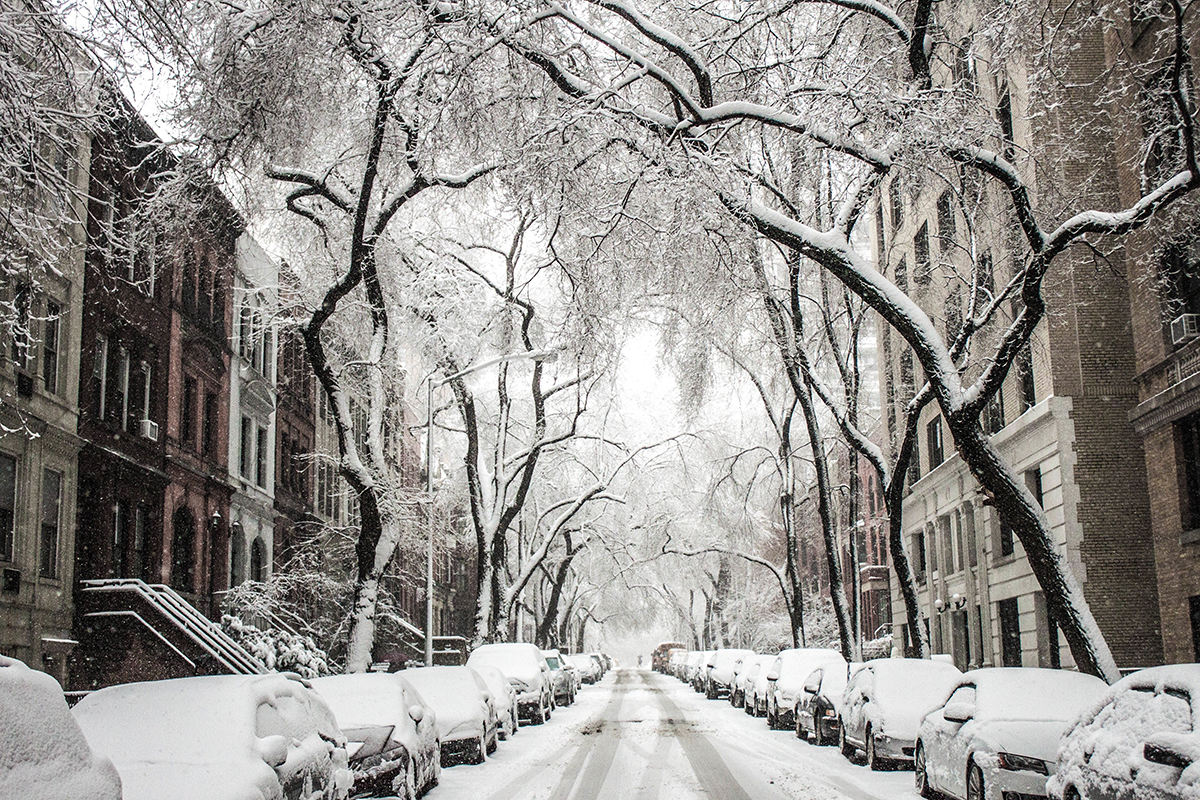
Throughout the course of 2018, we’ve held safety meetings every month to educate our employees and review important safety material. In November, we focused on driving conditions and how to be a proactive and defensive driver. The safety message for our meetings was “Look farther up the road. Stay focused on your driving. Think ahead and be ready.” To go along with the November safety message, we started off the meetings by reviewing LLLC Defensive Driving:
Look ahead
Look around
Leave room
Communicate
We advise our drivers to look 15 seconds ahead at all times (equals out to one city block), focus on what is happening up ahead, identify hazards early, slow down, and avoid panic stops. By practicing these habits, it gives drivers extra time to avoid accidents. Drivers should be changing their focus every two to three seconds, making them aware of their surroundings so they can anticipate problems, react timely, and remain alert. Leaving room and maintaining a cushion of space all around the vehicle gives drivers extra time to avoid collisions. The easiest place to leave room is in front of the vehicle. Drivers communicate by making sure other drivers and pedestrians know where they are, use signals and horn to communicate intentions, and make eye contact.

Changing seasons leads to changing driving conditions. It’s important to be aware of hazardous driving environments, watch for changing road conditions, and to drive to match the conditions of the road. Be aware of roadways with soft shoulders and stay in the lane at all times. With winter approaching, the precipitation and weather can cause adverse driving conditions. Slowing down is important when the roads could be slick and if visibility is low. Defensive driving comes into play when the weather changes the conditions of the road – look ahead, look around, leave room, and communicate.
The meetings ended with local CSC updates from general managers and maintenance, then company updates. November’s safety meetings provided vital information that will help our drivers keep our roads and communities safe this winter. At Trinity, we strive to practice safe and defensive driving every time we are out on the road!




 Live Chat
Live Chat
